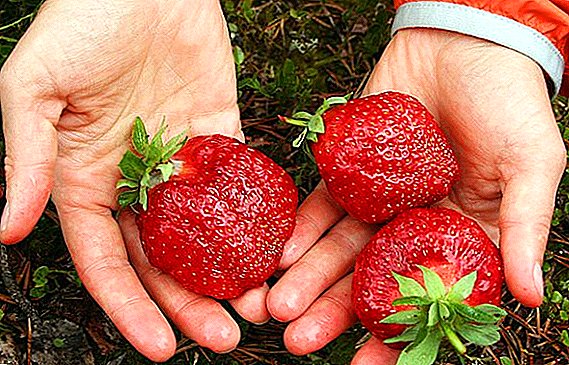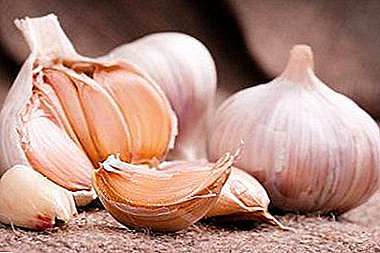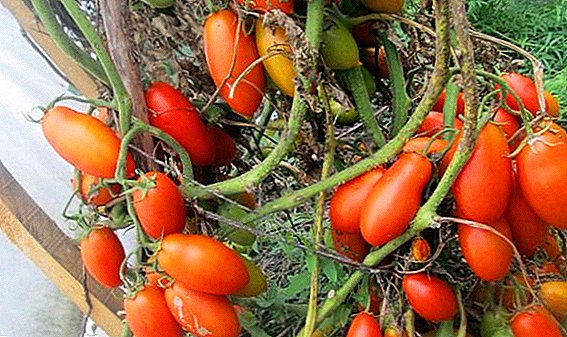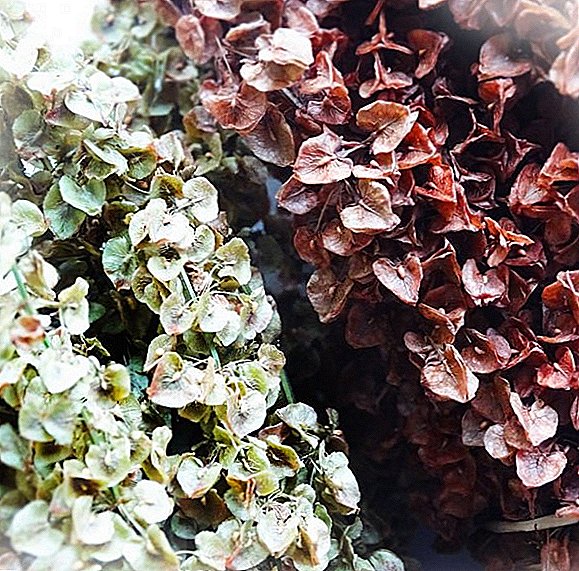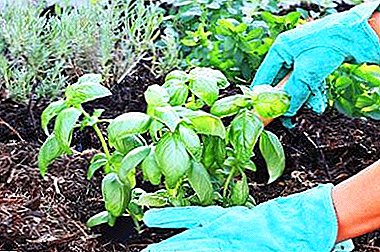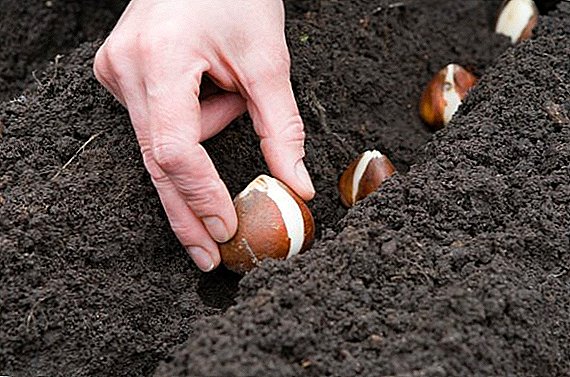 Tulips are one of the most popular flowers among gardeners. They can be found in almost all the beds and gardens. Tulip is distinguished by its beauty and unpretentious care. It is worth noting that planting tulips in the ground in the fall is a bit troublesome. To spring tulip pleased you with its beauty, you need to know how to properly plant it.
Tulips are one of the most popular flowers among gardeners. They can be found in almost all the beds and gardens. Tulip is distinguished by its beauty and unpretentious care. It is worth noting that planting tulips in the ground in the fall is a bit troublesome. To spring tulip pleased you with its beauty, you need to know how to properly plant it.
Did you know? There are 15 classes of tulips in the world, and there are hundreds of species. Its colors vary from classic red to dark green.
Dates for autumn planting tulips
Terms of planting tulips in the fall depend on the temperature of the soil. It is best to plant these flowers from late September to early November. The main thing is that the weather was still warm. With the onset of extreme cold, and especially frost, this can not be done.

For productive planting of tulips in the fall in the ground, it is important not to do it too soon, otherwise the bulbs will root and sprout. Then frosts will hurt them. In order not to lose track of the landing time, make periodic measurements of the temperature of the soil. At the depth of planting tulips (15 cm), it should be + 10 ° C.
Important! The exact time of landing is difficult to call because of the weather, which changes every year. Focus on the temperature of the soil and on the terms of rooting tulip - 3-4 weeks.
How to choose high-quality bulbs for planting
Proper planting of tulips in the fall also depends on the choice of planting material. Prefer large and healthy bulbs. Damaged or diseased can infect healthy when planted, and then you can be left without tulips.
Before planting flowers in the ground, process the bulbs with a special antifungal or antibacterial drug. 
Drugs with a similar effect a huge amount in each specialty store. Prevention will help get rid of pests of tulip bulbs, diseases and viruses.
Site selection, soil preparation and fertilization before planting
Planting tulips in the fall is best in a well-lit area. The surface should be flat so that water does not stand there. Otherwise it can lead to rotting and freezing of the bulbs. If you plant the tulips in the shade, then they will not have enough sun, and the stems will be thin, and the flowers are small.
Gardeners often ask the question: what kind of land do tulips love? There is an answer proven by practice - it is a soil with a neutral or weakly alkaline reaction. Tulips love light, humus-rich land. If you plant them in an acidic environment, the buds will be flawed.
In the autumn it is necessary to make humus and fertilizers at the place of planting tulips.
Did you know? It is best to plant tulips in the place where there were pumpkin crops, calendula, strawberries or legumes. Do not plant them in a place where growing solanaceous or bulbous crops.
Pre-preparation of bulbs
Preparation of tulips for planting in the fall is as follows:
- peeling of the bulbs;
- carefully inspect the bulbs for damage and illness;
- sort planting material;
- conduct decontamination;
- need to process the bulbs with minor damage.

When preparing for planting, be sure to remove the husks from the bulbs. Under it can be pests or signs of the disease, for example, bulb rot. In addition, without a husk, tulips better absorb minerals from the soil.
To protect the bulbs from pests and diseases, you should know how to process the tulips before planting. To do this, the bulbs that you have sorted, hold for 30 minutes in a weak solution of potassium permanganate to protect against fungal diseases.
How to plant tulip bulbs in the ground
Proper planting of tulips in the fall is as follows:
- fertilize the soil with compost;
- Bulbs planted to a depth of 15 cm;
- the distance between the bulbs should be 10 cm;
- Large bulbs planted in the center, small - on the edges. So big flowers will not block the light from smaller ones;
- different varieties need to be planted separately;
- Do not forget about protection from rodents.

If you plant the tulips correctly, observing the terms and technology, then in the spring they will delight you with their beauty. Do not forget about the fertilizer planted bulbs in the spring.
Soil mulching: pros and cons
Mulching - it covers the soil around plants with materials that regulate water and air conditions. Gardeners use soil mulching to control weeds.
This agricultural technique helps to protect plants from drying out, from weeds and pests. The advantage is that materialsthat are used for mulching, natural: grass, hay or straw, bark, chips, sawdust, compost, pebbles or gravel.
They enrich the soil with useful minerals and fertilize, improve drainage and soil structure, provide water and oxygen exchange.
The downside is that the use of straw can attract rodents or other pests of tulip bulbs, the grass can disintegrate into the mucous mass and burn plants, bark and wood chips - not suitable for young tulips.
 If you still decide to mulch the soil, determine which plants will suit the type of material that you chose. For tulips Peat or chopped straw is best. The layer of mulch should not exceed 5 cm.
If you still decide to mulch the soil, determine which plants will suit the type of material that you chose. For tulips Peat or chopped straw is best. The layer of mulch should not exceed 5 cm.
Protection against rodents
To protect the tulips from rodents, use special containers made by yourself or bought in stores. For example, clay pots, plastic bottles, nets. But this method is not particularly successful, as a smart mouse can climb into the bottle or under the pot.
It is best to plant tulips among hazel grouse imperial. Its sharp smell deters field mice and other rodents.
Important! Many gardeners, in order to protect the bulbs from rodents, simply plant tulips closer to the cold when the mice go to hibernate.
Rodents are afraid of red pepper, which can be processed onions before planting. Some gardeners in the fight against rodents helps Vishnevsky ointment or kerosene, which is treated with bulbs.
Beautiful flowers will delight you all spring, if in the fall you plant tulips as we advised in this article.




